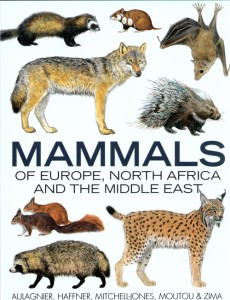
Mammals of Europe, North Africa and the Middle East is the hot new bestseller at NHBS this month.
Covering over 400 species, this work presents all of the terrestrial mammal species of the Western Palearctic, serving as an excellent guide to the great wealth of fauna in this region. Species accounts are concise and authoritative, giving information on size, distribution, habitat, behaviour, reproduction and feeding. Each account is supported by distribution maps and superb illustrations. The book features over 100 plates, comprising of over 600 colour species artworks. Variation between the sexes is illustrated and anatomical diagrams are provided to assist identification. See sample pages and illustrations from this book
Get your copy today – and save 15%!

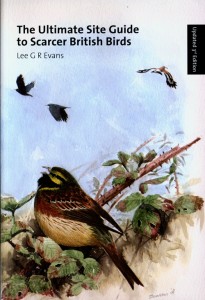

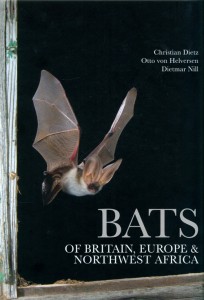

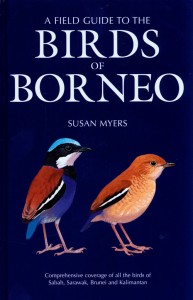

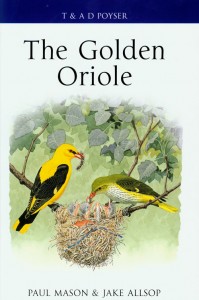



![174837[2]](https://blog.nhbs.com/wp-content/uploads/2009/08/180651-211x300.jpg)
![174837[2]](https://blog.nhbs.com/wp-content/uploads/2009/08/180652-209x300.jpg)